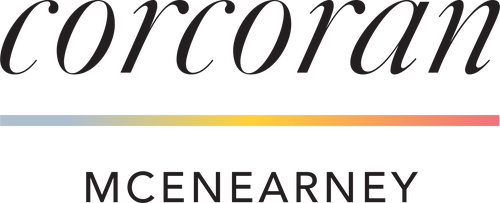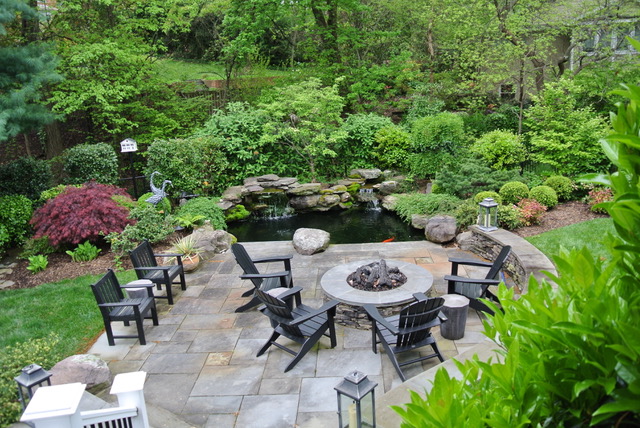As a local real estate leader, McEnearney Associates is invested in more than just helping our clients buy and sell houses. We want our clients to really love and enjoy their homes. We are always happy to refer home-related businesses and contractors who help make your house a home. We are excited to have Patrick Moran, Owner of Tactical Land Care (TLC), contributing to our blog this week with some valuable input whether you are interested in hardscaping, softscaping, or learning the difference.
[divider height=”30″ style=”default” line=”default” themecolor=”1″]
It’s no secret that landscaping is one of the most important factors of your home’s curb appeal. But the benefits of a sustainable landscape don’t end at increases in property value. They can also positively impact the environment around you and improve quality of life. But in order to maximize your impact, value, and improvements, one must understand the hard and soft elements that define a high-quality, sustainable landscape.
For this reason, we are going to dig in on Landscape’s Yin and Yang: Hardscapes versus Softscapes so that you may develop a better understanding of those components, and so that the artistic and technical aspects can be easily implemented into your slice of the world.
First, I’ll define sustainable landscaping as the design, construction, and management practices of an outdoor environment that is optimized to conserve natural resources, maximize the ecological benefit, while also reducing the required labor for upkeep. The most sustainable landscapes achieve these standards by optimizing both halves of landscaping: hardscapes and softscapes.
[divider height=”30″ style=”default” line=”default” themecolor=”1″]
Hardscapes
Hardscapes include the more permanent, non-living components of the landscape that provide foundation and guide structure. This includes patios, walkways, walls, stairways, decks, retaining walls, fences, trellis, and sculptures that are built with long-lasting materials like stone, concrete, wood, and metal. The hardscape can be thought of as the non-changing means by which we interact with the landscape: walkways lead us on intended paths; walls extend or limit our sense of space; and, stairways add levels and depth to our view. Other features like fountains, gazebos, planter boxes, and fences have the potential to further enrich our interaction with the landscape. Incorporating multiple hardscape features into your landscape is well worth the often larger investment, as it provides the bones of your outdoor space and defines it’s designated use as additional living space.
Hardscaping has excellent potential to increase the sustainability of your property, particularly as it relates to stormwater management. Sustainable hardscapes support the proper flow of stormwater runoff away from your home, while also allowing the water to permeate through the hardscape in order to recharge the groundwater soil and ultimately aquifers in many areas. This is possible through the use of open grade aggregate bases and wider joints between pavers or special permeable concrete mixes. At TLC, we follow the Interlocking Concrete Paver Institute (ICPI) Permeable Interlocking Concrete Paver (PICP) standards for our installations, and I recommend that prior to hiring a professional to complete any similar permeable installation, you ensure that members of their team have completed ICPI PICP training.
In addition to recharging the groundwater, permeable surfaces also reduce the water that would otherwise runoff into municipal stormwater systems, which carry road pollution directly into our local waterways where it wreaks havoc on the ecology of the Potomac River and the Chesapeake Bay. Many jurisdictions have adopted programs to encourage these types of installations through Stormwater Utility Fee credits as is the case in Alexandria, or grants for cost-sharing as in the case in Arlington.
[divider height=”30″ style=”default” line=”default” themecolor=”1″]
Softscapes
Softscapes include the softer, horticultural, and other floral components of a landscape. Through softscapes, therein lies the opportunities to provide natural beauty and ecological engagement. Creative softscapes can also emphasize structures while softening and providing vitality.
The softscape can be thought of as the foci and accents we use to create an atmosphere and instill our sense of character into the landscape. We anticipate certain results from our softscape and its natural processes that changes seasonally and day-to-day. Flowers bloom and fade away. Leaves fall to the ground to join the mulch. While, trees continually grow upwards and outwards into the space above us. Incorporating layers of different softscape features into your landscape brings a feeling of life and vitality along with each plant’s individual aesthetic, adding ever-changing, easily-altered interest to your home for years. In short, softscaping includes all living plant components like non-native annuals, perennials, shrubs, grasses and trees, as well as as organic ground covers such as mulch.
Softscapes can drastically alter the sustainability of your property by addressing issues related to soil management, wildlife integration, and pest control. However, the most crucial philosophy in sustainable landscaping is the concept of “right plant, right place.” This is the practice of installing a certain plant in a certain location to receive a more sustainable outcome.This requires being knowledgeable about your plant choices and selecting plants that thrive in pre-existing moisture and light conditions. It also requires that we be cognizant of growth rates and spacing. Examples include installing evergreen trees like white pines or southern magnolias on certain sides of your home, which can provide shade in summer and windbreaks in winter, ultimately reducing energy costs. Likewise, water-loving trees and flowers like river birches and joe pye weed can regulate soil moisture in areas of your property where there is excessive runoff from impervious surfaces. Native flowers such as Black-Eyed Susan can thrive in dry soil, while still attracting pollinators, such as butterflies and bees.
When designing your softscape to anchor your local ecology, incorporate plants native to your region in order to ease resource usage and attract your native wildlife populations. In comparison, much of the flora that is available through common garden centers have been cultivated for their ornamental aesthetics and require irrigation and fertilization to thrive.
Softscapes are also critical because of what they do to the soil. The right softscapes can sequester carbon through the plant roots and resulting soil microbiology. A healthy soil consists of fungi, microbes, worms, and an intricate web of roots that help plants process nutrients and deposit carbon into the soil. By cultivating a permaculture of complementary and companion native plants in the softscape portion of your garden, you can cultivate your own carbon sink.
The best landscapes use both hardscaping and softscaping to achieve the most beautiful, sustainable outcome. Hardscaping offers the bones, foundation, structure, and form that is enhanced, accentuated and beautified by the flora of the softscape. These two aspects of landscaping have the relationship of yin and yang: two halves of a whole, diametrically opposed in nature, working in unison to create something novel. When choosing landscape professionals to take care of your property, choose one that understands both halves of the whole: hardscape versus softscape, aesthetic versus sustainability, art versus science, and yin versus yang.
[divider height=”30″ style=”default” line=”default” themecolor=”1″]
To learn more, we encourage you to explore resources in our local Northern Virginia cooperative extension, as well as online resources from other areas.
University of Maryland Cooperative Extension
Oregon State University Cooperative Extension
City of Norfolk, VA Rainscaping and Permeable Hardscape
Tactical Land Care
Tactical Land Care is net-zero to help protect our world and environment for all of us. We specialize in sustainable construction, conservation landscaping, and stormwater management solutions, including permeable hardscape and rain gardens. By working together, we can maximize the ecological benefit of your property.
Your yard endures a twelve-month cycle and our team at Tactical Land Care stands ready to work with you on all your fall and winter maintenance needs. Please give us a call at 703-879-7091, or email us at info@tacticallandcare.com, where someone from our TLC team will develop a plan with you to help enhance your yard or property for many years to come.

Patrick Moran, PMP, LSC, HIC, LEED | CEO Tactical Land Care
Patrick utilizes his passion for the outdoors along with his professional skills as a licensed Landscape and Home Improvement contractor in Virginia and Maryland, as well as a Project Management Professional (PMP) and LEED Green Associate. Patrick has a BA from Yale University, where he studied climate change and its impact on society.
Don’t miss a post! Get the latest local guides and neighborhood news straight to your inbox!

 Facebook
Facebook
 X
X
 Pinterest
Pinterest
 Copy Link
Copy Link






